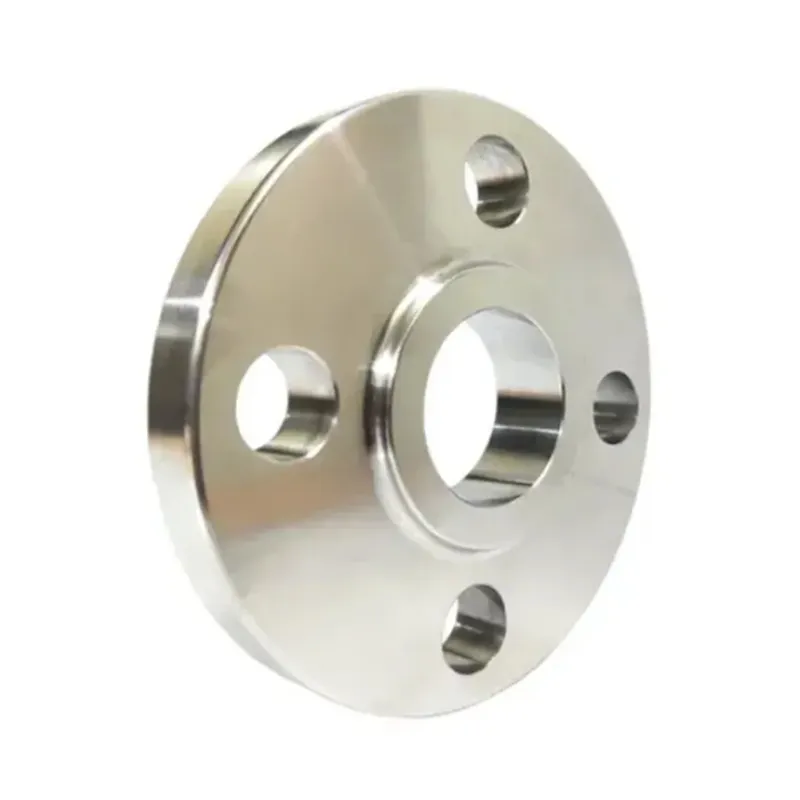-
Cangzhou Yulong Steel Co., Ltd.
-
Phone:
+86 13303177267 -
Email:
admin@ylsteelfittings.com
- English
- Arabic
- Italian
- Spanish
- Portuguese
- German
- kazakh
- Persian
- Greek
- French
- Russian
- Polish
- Thai
- Indonesian
- Vietnamese
- Zulu
- Korean
- Uzbek
- Hindi
- Serbian
- Malay
- Ukrainian
- Gujarati
- Haitian Creole
- hausa
- hawaiian
- Hebrew
- Miao
- Hungarian
- Icelandic
- igbo
- irish
- Japanese
- Javanese
- Kannada
- Khmer
- Rwandese
- Afrikaans
- Albanian
- Amharic
- Armenian
- Azerbaijani
- Basque
- Belarusian
- Bengali
- Bosnian
- Bulgarian
- Catalan
- Cebuano
- China
- China (Taiwan)
- Corsican
- Croatian
- Czech
- Danish
- Esperanto
- Estonian
- Finnish
- Frisian
- Galician
- Georgian
- Kurdish
- Kyrgyz
- Lao
- Latin
- Latvian
- Lithuanian
- Luxembourgish
- Macedonian
- Malgashi
- Malayalam
- Maltese
- Maori
- Marathi
- Mongolian
- Myanmar
- Nepali
- Norwegian
- Norwegian
- Occitan
- Pashto
- Dutch
- Punjabi
- Romanian
- Samoan
- Scottish Gaelic
- Sesotho
- Shona
- Sindhi
- Sinhala
- Slovak
- Slovenian
- Somali
- Sundanese
- Swahili
- Swedish
- Tagalog
- Tajik
- Tamil
- Tatar
- Telugu
- Turkish
- Turkmen
- Urdu
- Uighur
- Welsh
- Bantu
- Yiddish
- Yoruba

Dec . 24, 2024 11:01 Back to list
Welding Pipe Pricing Trends and Market Analysis Insights
The Dynamics of Welding Pipe Prices An Overview
In the realm of construction and manufacturing, welding pipes serve as integral components for various applications, from plumbing to industrial processes. The price of welding pipes is influenced by numerous factors, and understanding these can provide insights into market trends and future outlooks. This article delves into the intricacies of welding pipe pricing, exploring the factors driving costs, current market conditions, and the outlook for the future.
Factors Influencing Welding Pipe Prices
1. Material Costs The primary factor shaping welding pipe prices is the cost of raw materials. Most welding pipes are made from metals like steel, stainless steel, and aluminum. Fluctuations in the prices of these base metals directly correlate to the final cost of welding pipes. For example, when steel prices surge due to demand in the automotive or construction industries, welding pipe prices tend to follow suit.
2. Manufacturing Processes The method of manufacturing also plays a critical role in pricing. Different welding techniques—such as arc, gas, or resistance welding—can result in varying levels of quality and cost. Additionally, the complexities involved in manufacturing certain types of pipes, such as those required for high-pressure systems, can further escalate prices.
3. Supply Chain Dynamics The global supply chain has been under pressure in recent years due to various factors, including geopolitical tensions, natural disasters, and a pandemic that disrupted production. These disruptions have led to delays in the delivery of raw materials and finished products, causing prices to rise as demand outpaces supply.
4. Market Demand As industries evolve, so does the demand for welding pipes. The construction sector, particularly in emerging markets, drives a significant portion of the demand. Additionally, the push towards renewable energy sources has increased the need for specialized welding pipes, such as those used in solar and wind energy installations, thus impacting pricing.
5. Regulatory Standards Compliance with safety and environmental regulations can also impact prices. Pipes that must meet stringent standards for pressure, temperature, and corrosive environments often cost more due to enhanced manufacturing processes and quality assurance measures.
welding pipe price

Current Market Conditions
As of late 2023, the welding pipe market is experiencing a several dynamics. Prices have been volatile, driven by fluctuating raw material costs and ongoing supply chain challenges. For instance, recent spikes in steel prices due to increased global demand have led to higher prices for welding pipes across the board.
Additionally, technological advancements have introduced new materials and methods that can affect pricing. The advent of composite piping and enhanced welding techniques has established alternatives to traditional materials, thereby influencing market prices. However, these innovations can sometimes lead to higher upfront costs, balancing out potential long-term savings.
The Future Outlook
Looking ahead, the price of welding pipes is likely to continue its trajectory of fluctuation. The ongoing geopolitical tensions could further impact raw material availability and pricing, while the ongoing demand for infrastructure development in emerging economies will sustain interest in welding pipes.
Furthermore, as industries increasingly commit to sustainability, the demand for environmentally friendly and energy-efficient welding pipes is expected to rise. This shift may lead to the emergence of more advanced materials and manufacturing technologies, which could reshape pricing models in the years to come.
In conclusion, the price of welding pipes is a multifaceted issue shaped by material costs, manufacturing processes, supply and demand dynamics, and regulatory requirements. As the market navigates through various challenges and innovations, stakeholders must remain vigilant in tracking these trends to make informed purchasing and investment decisions. Understanding these factors lays the groundwork for anticipating future price changes and adapting to the continually evolving landscape of the welding pipe market.
Latest news
-
ANSI 150P SS304 SO FLANGE
NewsFeb.14,2025
-
ASTM A333GR6 STEEL PIPE
NewsJan.20,2025
-
ANSI B16.5 WELDING NECK FLANGE
NewsJan.15,2026
-
ANSI B16.5 SLIP-ON FLANGE
NewsApr.19,2024
-
SABS 1123 FLANGE
NewsJan.15,2025
-
DIN86044 PLATE FLANGE
NewsApr.19,2024
-
DIN2527 BLIND FLANGE
NewsApr.12,2024
-
JIS B2311 Butt-Welding Fittings LR/SR 45°/90° /180°Seamless/Weld
NewsApr.23,2024











